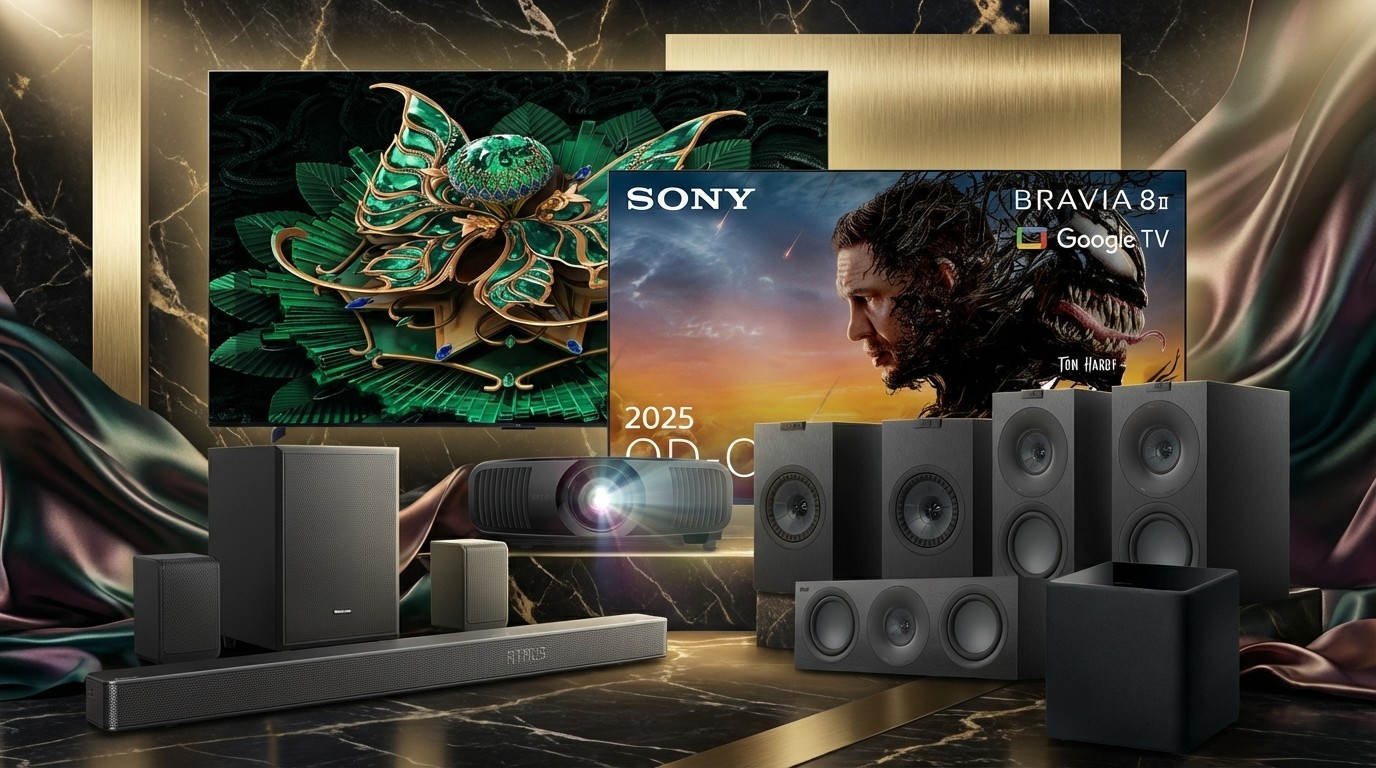Bowers & Wilkins' 700 S3 Signature speaker series promises "perfection, perfected"
The 702 S3, 705 S3 and HTM71 S3 are getting the Signature treatment

Bowers & Wilkins has inducted three members of its popular 700 S3 series of loudspeakers into its Signature club. Giving a pair of Bowers speakers the Signature treatment usually involves taking the standard model and adding more refinement and polish, often including upgraded internal technologies and exclusive exterior flourishes.
Now it's the turn of the B&W 702 S3 floorstanders, 705 S3 standmounts and HTM71 S3 centre speaker to be "tapped by the Signature wand" as we've so eloquently put it in the past. The new members are distinguished initially by their special finishes: Midnight Blue Metallic or Datuk Gloss wood veneer, whereas a unique Signature logo plate housed on the speakers' rear panel further showcases their exclusive credentials.
The largest of the three new inductees, the 702 S3 Signature, is a three-way floorstander that builds on the specs of Bowers' flagship 702 S3 model. Central to the 702 S3 Signature is its Carbon Dome tweeter, enhanced by adding a protective tweeter mesh seen previously in the 800 Series of Signature models. This, plus a Continuum Cone midrange driver aims to produce "clean, effortless insight" and "an open, spacious sound".
The 702 S3 Signature also benefits from enhancements to its crossover in the pursuit of greater sonic transparency, plus upgraded capacitors and inductors. Additionally, the new model offers upgraded speaker terminal posts fitted with brass cores for a cleaner signal flow into the speaker.
- Read our first impressions of the new Bowers & Wilkins 700 S3 Signature speakers

Similarly, the 705 S3 Signature standmounter includes a newly designed tweeter grille mesh in the pursuit of a more open, transparent sound, plus an enhanced crossover system with new capacitors and resistors. The 705 S3 houses an all-new drive-unit suspension for its midrange driver, shooting for a crisper, clearer midrange and greater extension in the lower end.
Finally, there's good news for home theatre fans. For the first time, a centre-channel loudspeaker has been given a Signature makeover, with the honour going to the established HTM71 S3 unit. The three-way HTM71 S3 Signature shares the same tweeter assembly as the 702 and 705 S3 Signature models above, alongside a centrally mounted Continuum Cone midrange drive unit.
The HTM71 S3 Signature houses twin 13cm bass drivers to bolster the speaker with a "powerful, fully extended presentation" at the lower end. Similar enhancements to its crossover components and input terminals see this centre speaker keep up with its newly enhanced siblings.
The latest hi-fi, home cinema and tech news, reviews, buying advice and deals, direct to your inbox.
According to Dave Sheen, Bowers & Wilkins' brand president: “The new 700 Series Signature range represents a significant expansion of our Signature portfolio and I’m sure it will be enthusiastically received by both reviewers and our customers worldwide.”
The Bowers & Wilkins 700 S3 Signature speakers are available now in either Midnight Blue Metallic or Datuk Gloss finishes. Prices are as follows:
- 702 S3 Signature: £7000, $9000, €8500 per pair
- 705 S3 Signature: £3400, $4500, €4000 per pair
- HTM71 S3 Signature: £2200, $3300, €2500 each
MORE:
Read our recent Bowers & Wilkins 603 S3 review
Check out our first impressions and hands-on review of the Bowers & Wilkins 700 S3 Signature speakers
These are our best floorstanding speakers: budget to premium
How are B&W's flagship Diamond series made? We visited the factory to find out

Harry McKerrell is a senior staff writer at What Hi-Fi?. During his time at the publication, he has written countless news stories alongside features, advice and reviews of products ranging from floorstanding speakers and music streamers to over-ear headphones, wireless earbuds and portable DACs. He has covered launches from hi-fi and consumer tech brands, and major industry events including IFA, High End Munich and, of course, the Bristol Hi-Fi Show. When not at work he can be found playing hockey, practising the piano or trying to pet strangers' dogs.
